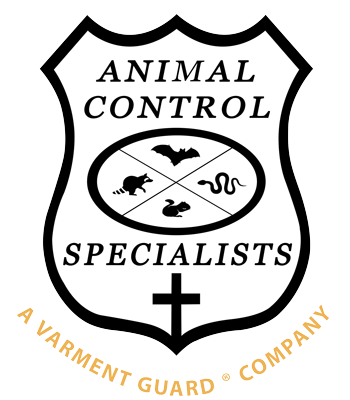Rabies, a deadly viral disease that affects the central nervous system, is a grave concern in Ohio due to the significant role played by wildlife as carriers. Ohio is home to a diverse range of wildlife species, including raccoons, bats, skunks, and foxes, all of which have been found to carry the rabies virus. The transmission of rabies occurs primarily through bites or scratches from infected animals, and it is important to note that rabies can infect not only domestic animals but also humans. In Ohio alone, there have been numerous cases of rabies reported in wildlife, with raccoons being the most common carrier. The dangers of rabies extend beyond the risk of infection; once symptoms appear, the disease is almost always fatal if left untreated. Therefore, it is crucial for Ohio residents to be aware of the potential risks associated with wildlife encounters and take necessary precautions to prevent the spread of this deadly disease.
The Dangers of Rabies: Wildlife as Carriers in Ohio
Rabies, a deadly viral disease, poses a significant threat to both humans and animals alike. In Ohio, the primary carriers of rabies are wildlife species such as raccoons, bats, skunks, and foxes. Understanding the dangers associated with these animals as carriers is crucial for both public health and wildlife conservation efforts.
The Rabies Virus: A Silent Killer
Rabies is caused by a virus that affects the central nervous system of mammals. It is primarily transmitted through the saliva of infected animals, usually through bites or scratches. Once the virus enters the body, it travels along the nerves to the brain and eventually leads to severe neurological symptoms and death.
Wildlife as Carriers
Ohio’s wildlife population plays a significant role in the spread of rabies within the state. Raccoons are the most common carriers of the disease, followed by bats, skunks, and foxes. These animals can easily come into contact with domestic pets and humans, increasing the risk of transmission.
Risks to Humans
Rabies is a deadly disease that poses a serious threat to human health. If left untreated, it is almost always fatal. The early symptoms of rabies in humans may include fever, headache, and general weakness. As the disease progresses, more severe symptoms such as anxiety, confusion, hallucinations, and paralysis may occur. Once symptoms appear, there is no effective treatment, making prevention and early intervention critical.
Risks to Domestic Animals
Pets, especially dogs and cats, are at risk of contracting rabies if they come into contact with infected wildlife. Outdoor pets that roam freely are particularly vulnerable. Rabies can be transmitted through bites or scratches from infected animals. Vaccinating pets against rabies is not only required by law but also essential for their protection and the safety of their human companions.
Preventing Rabies Transmission
Preventing the transmission of rabies requires a combination of public education, wildlife management, and responsible pet ownership. Here are some key measures to consider:
1. Vaccination: Ensure that all pets are up-to-date on their rabies vaccinations. This protects both them and their owners from potential infection.
2. Wildlife Control: If you suspect the presence of wildlife on your property, contact a professional wildlife control operator. They can safely and humanely remove any potentially infected animals.
3. Avoid Contact: Teach children to avoid approaching or touching wild animals, especially those displaying unusual behavior. Encourage them to report any sightings to adults.
4. Secure Trash: Keep trash cans securely covered to prevent attracting wildlife, especially raccoons, which are known carriers of rabies.
5. Report Suspected Cases: If you observe a wild animal showing erratic behavior, such as aggression or excessive drooling, report it to local animal control authorities. They can assess the situation and take appropriate action.
Conclusion
Rabies is a deadly disease that poses a significant risk to both humans and animals in Ohio. Wildlife species such as raccoons, bats, skunks, and foxes are the primary carriers of this virus. Preventing rabies transmission requires a combination of responsible pet ownership, public education, and professional wildlife control. By taking proactive measures, we can reduce the risks associated with rabies and protect both human and animal populations in Ohio.
Contact For Wildlife Control Help
Thank you for taking the time to read about Animal Control Specialists, LLC. If you are currently facing an animal removal issue and need professional assistance, please do not hesitate to call us at (330) 608-1718. Our team of experienced specialists is available around the clock to provide prompt and effective solutions to your animal control needs. Whether you are dealing with a raccoon in your attic, squirrels in your chimney, or any other wildlife intrusion, we have the expertise and tools to handle the situation safely and efficiently. Remember, when it comes to animal removal, trust the experts at Animal Control Specialists, LLC. We look forward to serving you!
